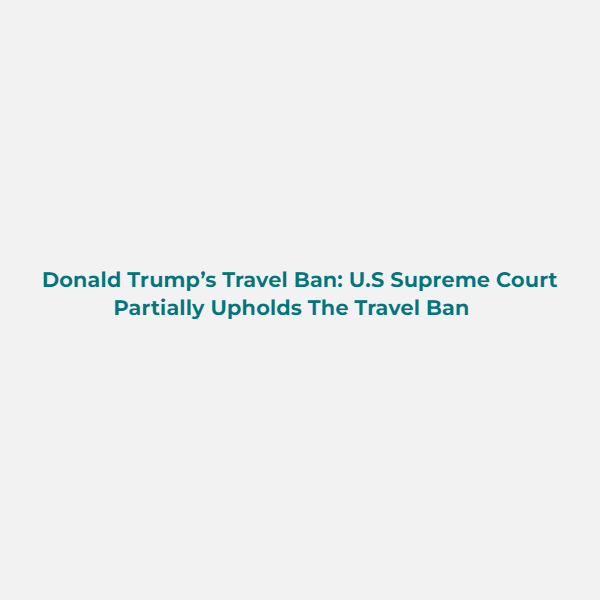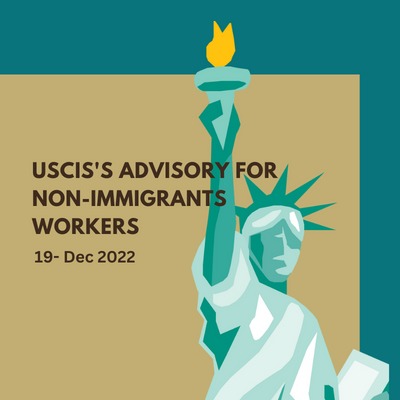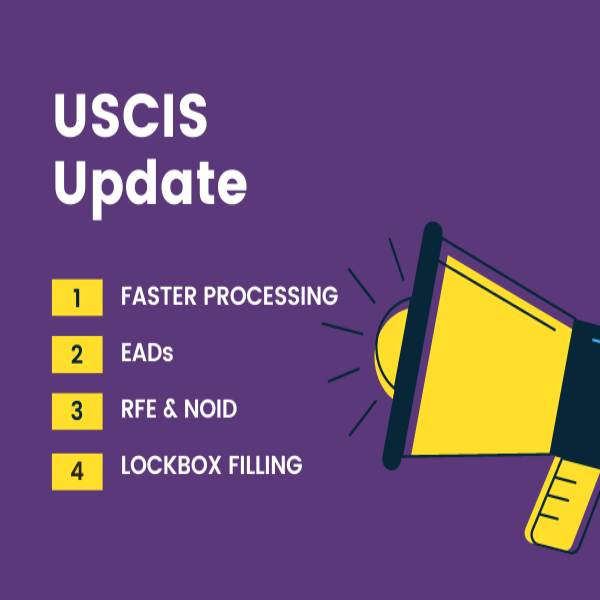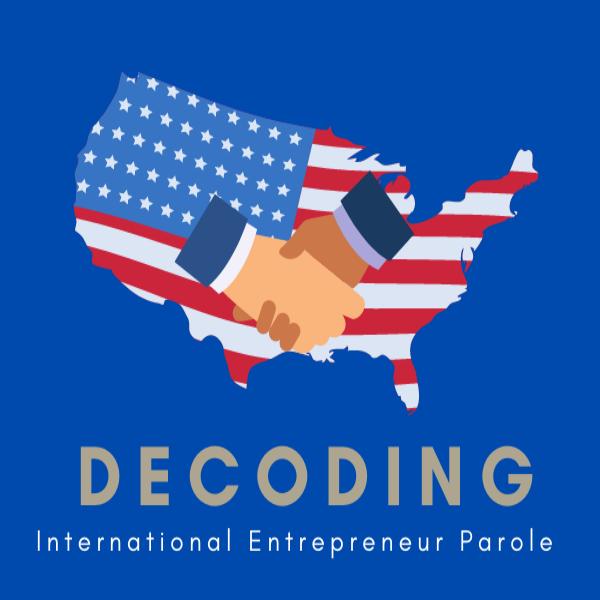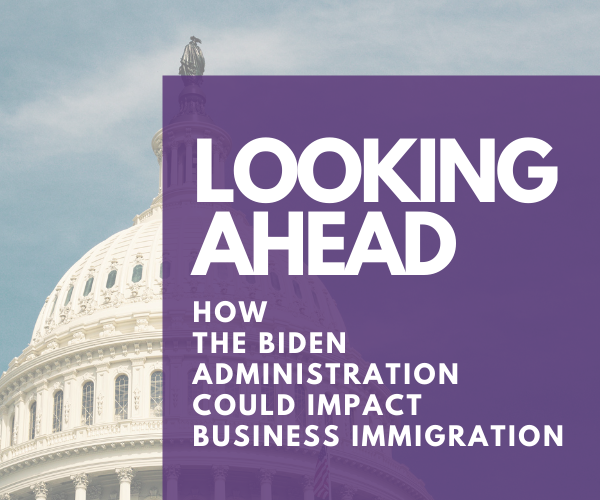President Trump’s executive order barring foreign nationals of certain countries from entering the United States has faced much controversy, ever since he signed the original travel ban executive order on January 27, 2017. On June 26, there was another twist in this saga as the Supreme Court upheld parts of the travel ban executive order. The current administration views this as a significant victory, after several defeats in appellate courts. The Supreme Court, however, did not uphold travel ban in its entirety.
It is best to start at the beginning in order to get the full picture. President Trump signed the original travel ban executive order entitled ‘Protecting the Nation from Foreign Terrorist Entry into the United States’ earlier this year on January 27, 2017. This ban barred entry into the United States from Iran, Iraq, Libya, Somalia, Sudan, Syria, and Yemenfor 90 days. In addition, the original travel ban executive order limited the number of refugees admitted into the United States, and suspended the USRAP program (United States Refugee Admissions Program) for 120 days. This led to much confusion, as there were reportsthat green card holders, immigrants, and refugees were being held up at airports, preventing them from entering the United States. Many Americans including state judges challenged the travel ban executive order. In the course of the following week, two separate federal courts suspended the travel ban.
This lead to Donald Trump signing a second travel ban on March 6, 2017, which had the same title as the previous travel ban executive order. There were some changes to this revised version. For instance, Iraq was removed from the list of countries barred. However, this revised travel ban still maintained the refugee limit and still suspended the USRAP program (United States Refugee Admissions Program) for 120 days. Judge Derrick Watson of the US District Court for the District of Hawaii blocked this revised travel ban on March 22. The 4thCircuit Court of Appeals took up the case and ruled against the travel ban. The three-judge panel of the 9th Circuit Court of Appealsalso took up the case, after an appeal from the government.And on June 12,the 9th Circuit Court of Appeals mostly upheld the rulings of Judge Derrick Watson. The 9th Circuit Court concluded that, unless the present administrationcould provide justification that the entry of a foreign national was dangerous to the interests of the United States, barring every single citizenof the six countries from entering the United States was in violation of the Federal Immigration and Nationality Act. The Trump administration then took the case to the Supreme Court.
On June 12, White House press secretary, Sean Spicer, said the present administration was reviewing the ruling by the9thCircuit and firmly believed that the revised Executive Order is “lawful”, and that the Supreme Court will uphold it.
Finally, on Monday, June 26, 2017, the Supreme Court delivered its rulings on the travel ban executive order. The court upheld parts of the ban temporarily. The Supreme Court will hear the case against the revised travel ban executive order in the next term, which starts in October. By then, the 90 days within which the ban will be enforced will most likely be over. Consequently, even if the Supreme Court ultimately upholds the rulings of the lower courts, the travel ban would have already been enforced.
What Did The Supreme Court Decide?
While the Supreme Court did decide to overturn the ruling of the lower courts temporarily, the court also placed limitations on who could be denied entry into the United States using the travel ban. The Supreme Court also decided that the case would berevisit later. During which, the Supreme Courtprovidethe final ruling on the case after the justices have heard the arguments brought up against the travel ban.
The Supreme Court decided that foreign nationals from the six barred countries who have “a credible claim of a bona fide relationship with a person or entity in the United States”should be excluded from the travel ban. The Supreme Court gave examples of categories of people who will fall under the definition of having a credible bona fide relationship with a person or entity in the U.S. These include
1-Foreign nationals from the six barred countries who have a “close familial relationship” with a person in the U.S.
2-Foreign students from the six barred countries who have gained admission into a university in the U.S.
3-Foreign employees from the six barred countries who have accepted an offer of employment from a company located in the U.S.
4-And finally, lecturers from the six barred countries who have been invited to speak to an American audience.
Other Big Questions
What will happen to refugees seeking entry into the United States from war-torn countries such as Syria? The Supreme Court decided that the same rules imposed on foreign nationals of the six barred countries would also apply to refugees.
What of the limitation on the number of refugees admitted into the United States? The travel ban executive order imposed a 50,000-refugee limit. On this matter, the Supreme Court decided that the current administration could not use this 50,000-refugee limitto arbitrarily refuse entry into the United States to a refugee who has a legitimate connection to the U.S.
What is next?
The Supreme Court has decided to hear arguments against the travel ban in its next term, which begins in October. After that, the Supreme Court will make its final ruling. Until then, the ruling on Monday will be ineffect. According to a Presidential Memorandum, President Trump said, relevant governmental agencies will wait 72 hours after a court has given the government the power to implement the ban, before imposing the ban.

